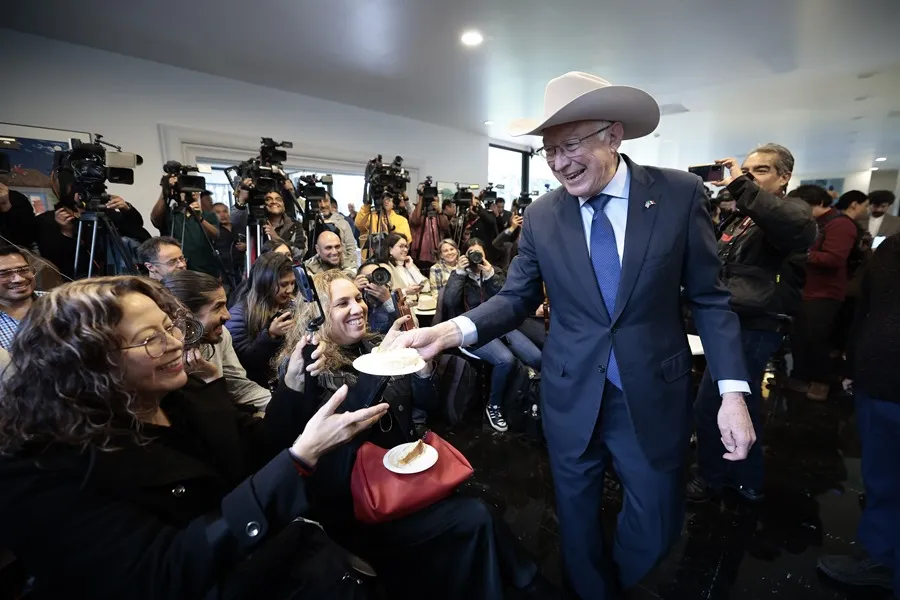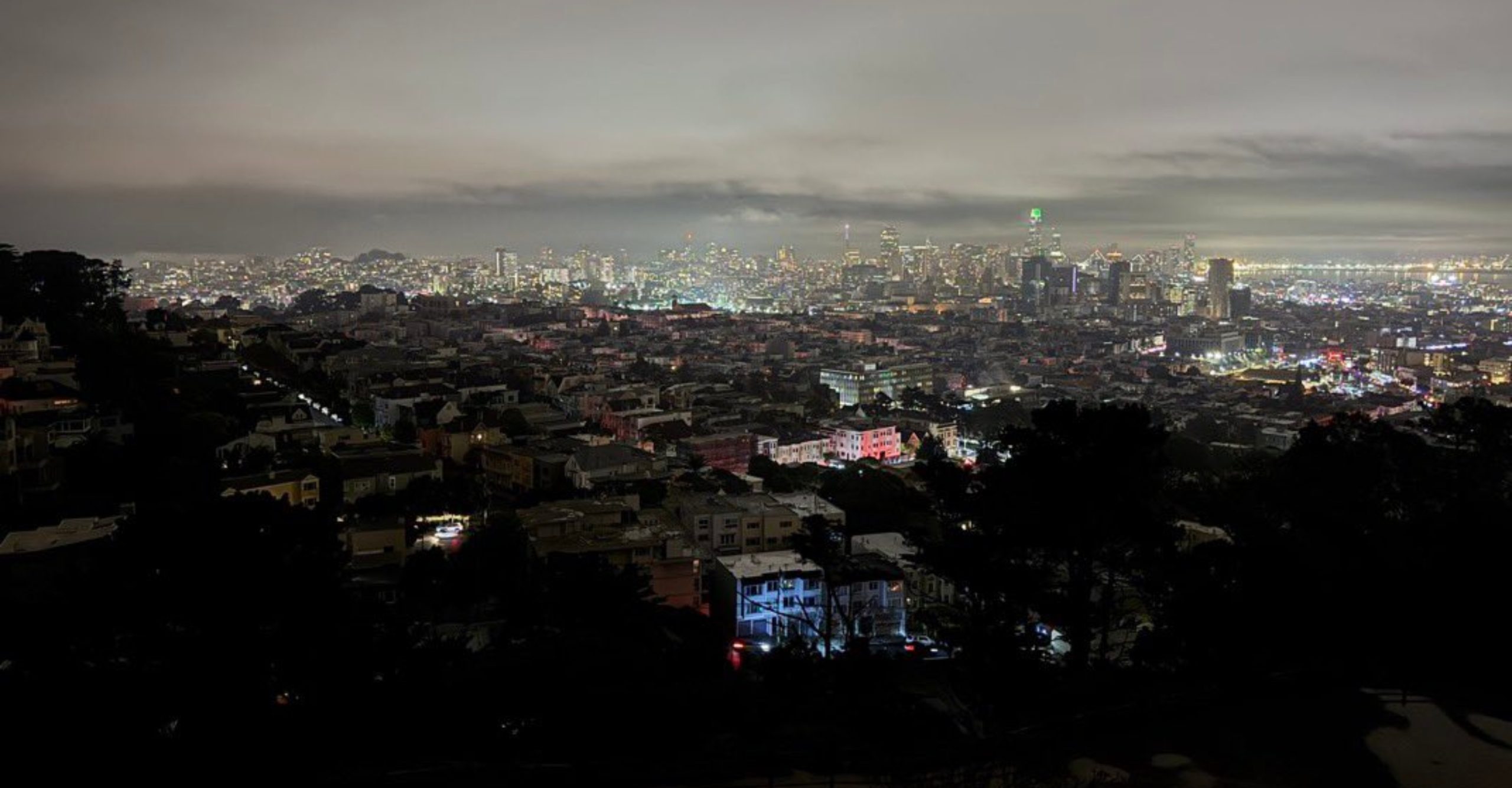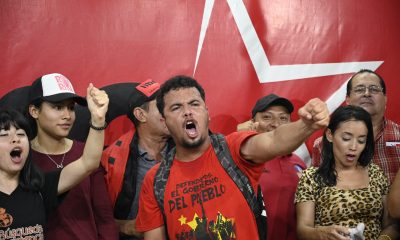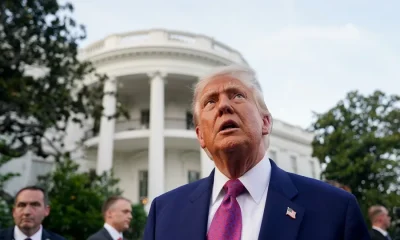International
The US ambassador says goodbye to Mexico without regretting “anything” despite bilateral tension

The US ambassador to Mexico, Ken Salazar, said goodbye on Monday with a last message in which he assured that he “does not regret anything”, amid bilateral tensions over Washington’s criticism of judicial reform and the production of fentanyl in the country.
“I don’t regret anything. I’m leaving better, feeling that we have a strong and good job, which should be carried out between the two countries more frequently,” he said at a final press conference before leaving the position of ambassador, which he held since 2021 when Democratic President Joe Biden appointed him.
“In more than three years and more than 120 visits, I toured the 32 states of Mexico (…) Our countries have lived a historical cooperation consolidating North America as the main economic power,” he stressed.
The president-elect of the United States, the Republican Donald Trump, who will take office on January 20, has announced as his candidate for ambassador of the country to Mexico the retired colonel Ronald Johnson, a position for which he must be approved by the US Senate.
Salazar, 69, began his stay in Mexico showing great closeness to President Andrés Manuel López Obrador (2018-2024), but over time the relationship became tense until he ended with direct criticism of the Mexican government’s security policy and the judicial reform that the popular election of judges seeks.
The ambassador commented on the controversy surrounding fentanyl, causing a public health crisis due to a wave of overdose deaths in the United States, and that Washington considers to be produced in Mexico and China, so he has redoubled the calls to these countries to fight its production.
“I know what happens, that there is fentanyl in Mexico and I also know that it is produced here,” he said.
However, he indicated that it is “a debate, which occurs or does not occur, does not lead us where we have to go” and called on the Mexican government to maintain collaboration with the United States on this matter.
After Salazar’s departure, the business manager, Mark Johnson, is in charge of the US embassy in Mexico.
Regarding the proposals for mass deportations and tightening of Trump’s immigration policies, the outgoing ambassador acknowledged that there will be “changes” and “fear” among the migrant population in the United States.
It is estimated that about half of the 11 million undocumented people in the United States are Mexicans.
Last week, the president of Mexico, Claudia Sheinbaum, proposed that this month there be a meeting between the foreign ministers of Latin America to address the challenges of migration before Trump’s arrival at the White House.
Sheinbaum, who has said she is prepared to receive the deported Mexicans, has reiterated “the insistence on the United States that repatriation be made to the different countries of origin,” instead of expelling them all to Mexico.
International
Fire at substation triggers major blackout in San Francisco

The U.S. city of San Francisco was plunged into darkness Saturday night after a power outage left about 130,000 customers without electricity, although the utility company said service was restored to most users within hours.
Pacific Gas & Electric Company (PG&E) said in a statement posted on X that nearly 90,000 homes had their power restored by 9:00 p.m. local time (05:00 GMT on Sunday), while the remaining 40,000 customers were expected to have service restored overnight.
Large areas of the city, a major technology hub with a population of around 800,000, were affected by the blackout, which disrupted public transportation and left traffic lights out of service during the busy weekend before Christmas, a crucial period for retail businesses.
“I know it’s been a difficult day,” San Francisco Mayor Daniel Lurie said in a video posted on social media from the city’s emergency operations center. “There has been progress, but for those still without power, we want to make sure they are safe and checking in on their neighbors,” he added.
Lurie said police officers and firefighters advised residents to stay home as much as possible. He also noted that officers and traffic inspectors were deployed to manage intersections where traffic lights were not functioning.
The mayor confirmed that the outage was caused by a fire at an electrical substation. Parts of the city were also covered in fog, further complicating conditions during the incident.
As a result of the blackout, many businesses were forced to close despite it being the weekend before Christmas. The sudden drop in shopper traffic ahead of the holiday is “devastating” for retailers, the manager of home goods store Black & Gold told the San Francisco Chronicle.
International
Cristina Kirchner recovering after appendicitis surgery in Buenos Aires

Former Argentine President Cristina Kirchner underwent surgery on Saturday after being diagnosed with appendicitis and is recovering “without complications,” according to a medical report released by the Otamendi Sanatorium.
Kirchner was admitted to the Buenos Aires medical center on Saturday after experiencing abdominal pain. Doctors performed a laparoscopic procedure that confirmed a diagnosis of “appendicitis with localized peritonitis,” the statement said, adding that her post-operative recovery has been progressing without complications.
The former president was transferred to the clinic with judicial authorization from her apartment in Buenos Aires, where she is serving a six-year sentence under house arrest for corruption.
International
Argentina detects first local cases of Influenza A (H3N2) Subclade K

Argentina’s National Administration of Laboratories and Health Institutes (ANLIS) “Dr. Carlos G. Malbrán” has confirmed the detection of three cases of influenza A (H3N2) corresponding to subclade K in the country. These are the first locally recorded cases of this variant, which has become predominant in several countries in the Northern Hemisphere in recent months and is associated with higher transmissibility.
The cases were identified through the National Network of Laboratories and Sentinel Units and confirmed by the National Reference Laboratory of INEI-ANLIS using genomic sequencing techniques. According to health authorities, the cases involve two adolescents from the province of Santa Cruz, detected as part of the Ambulatory Monitoring Strategy for Acute Respiratory Infections, and a child who had been hospitalized in the Autonomous City of Buenos Aires.
In all three cases, patients experienced mild illness and recovered without complications. Officials did not specify whether any of the affected individuals had a recent travel history.
The jurisdictions involved have already launched the corresponding epidemiological investigations and are responsible for ensuring timely medical care for the detected cases. According to the latest integrated surveillance report, the circulation of influenza and other respiratory viruses in Argentina remains within expected levels for this time of year.
-

 International2 days ago
International2 days agoShakira’s El Salvador concerts sell out in hours, fans demand more dates
-

 International2 days ago
International2 days agoPentagon confirms Trump pick for SouthCom as U.S. military pressure grows
-

 International4 days ago
International4 days agoRubio rules out 2028 presidential bid if Vance runs
-

 Central America4 days ago
Central America4 days agoArrests and clashes in Tegucigalpa as vote count continues after Honduras election
-

 International2 days ago
International2 days agoTrump moves to reclassify marijuana as less dangerous substance
-

 International2 days ago
International2 days agoArgentina detects first local cases of Influenza A (H3N2) Subclade K
-

 International4 days ago
International4 days agoAuthorities search for armed and dangerous suspect in fatal Brown University attack
-

 International11 hours ago
International11 hours agoFire at substation triggers major blackout in San Francisco
-

 International11 hours ago
International11 hours agoCristina Kirchner recovering after appendicitis surgery in Buenos Aires




























